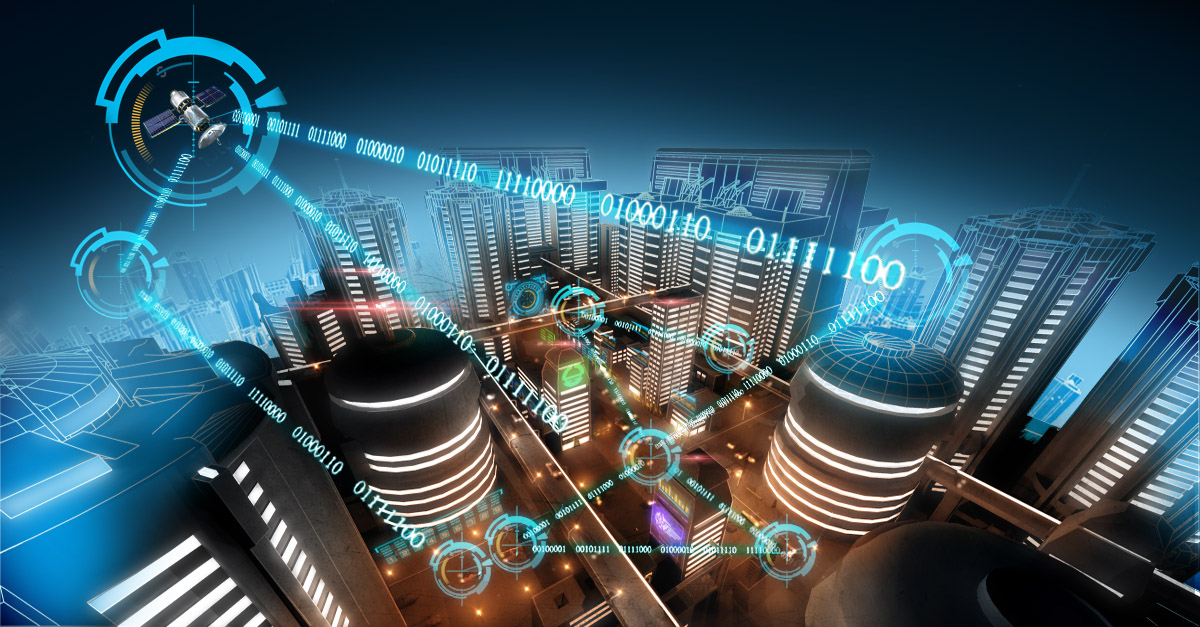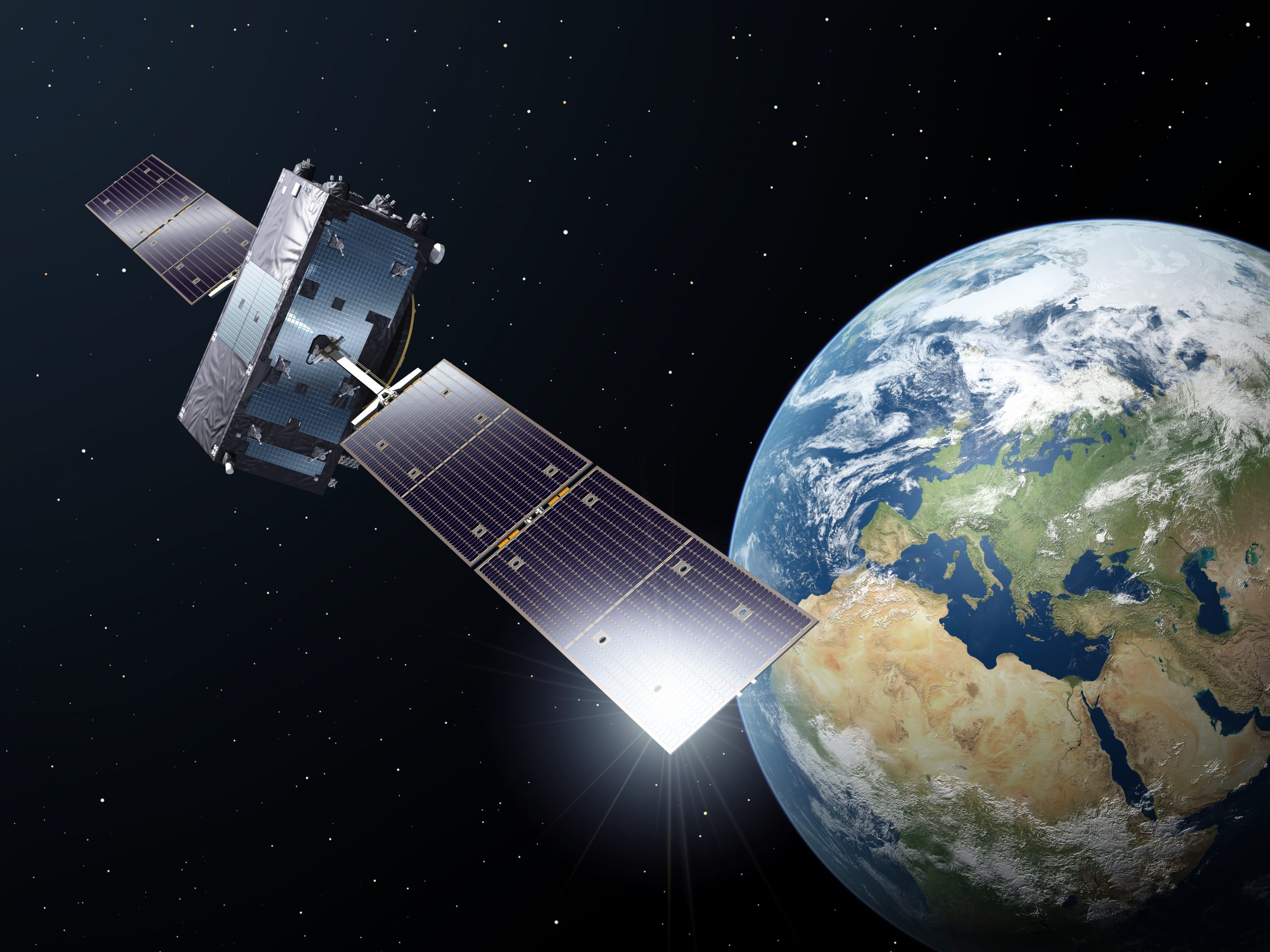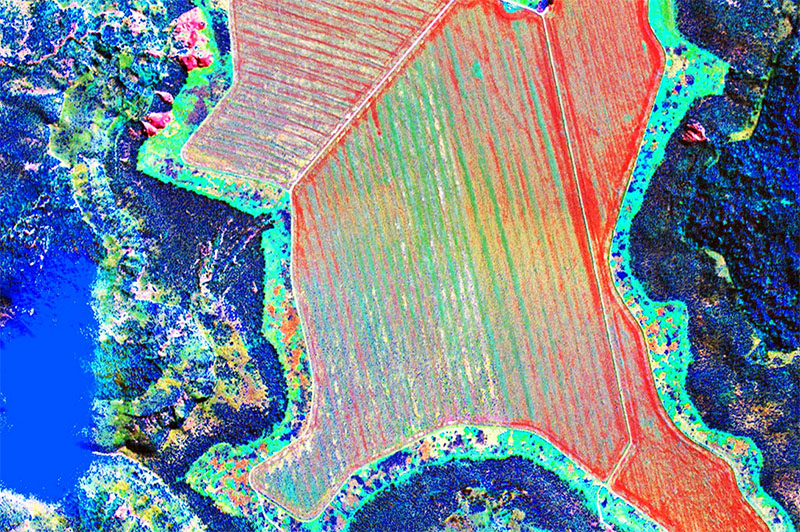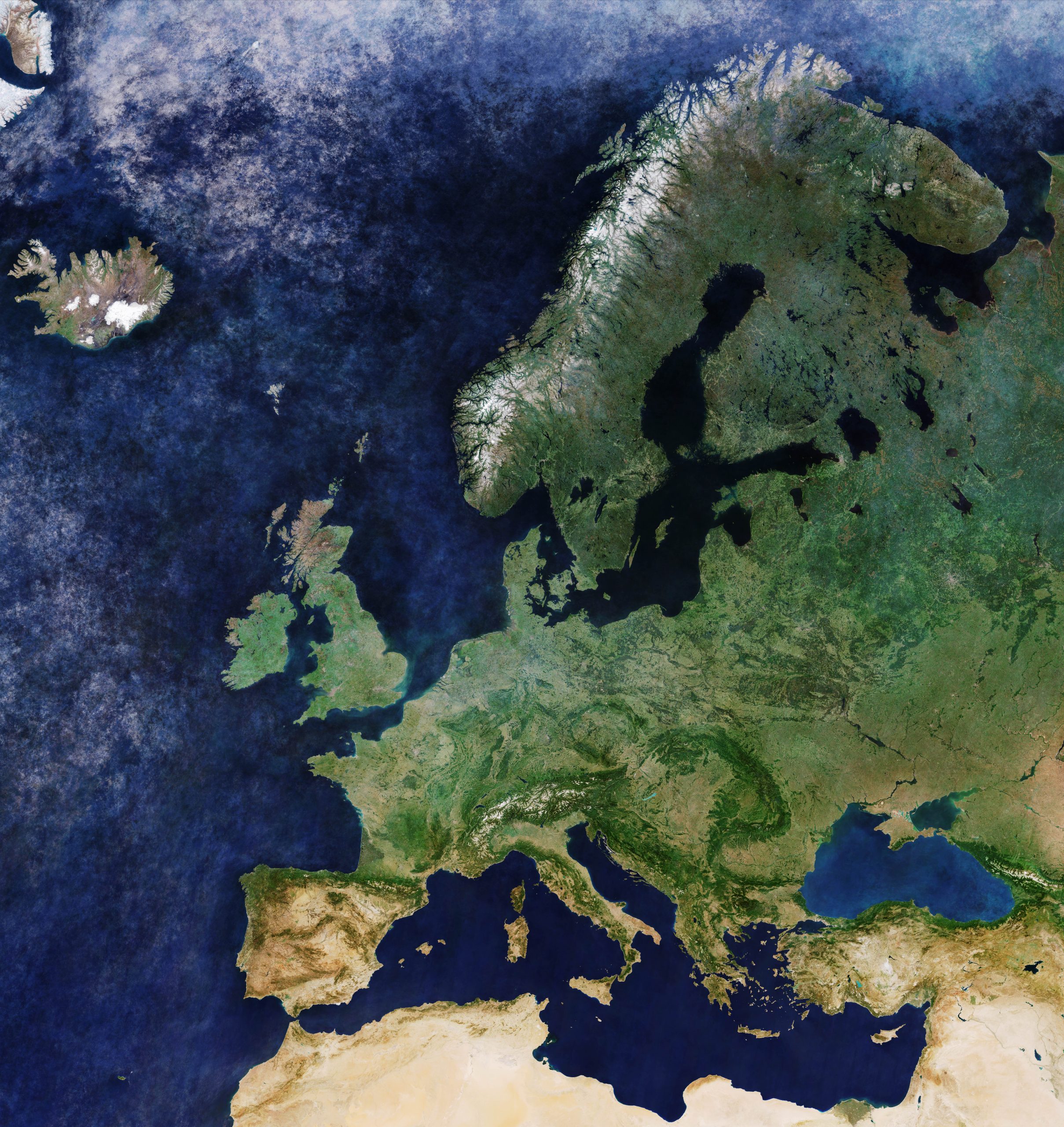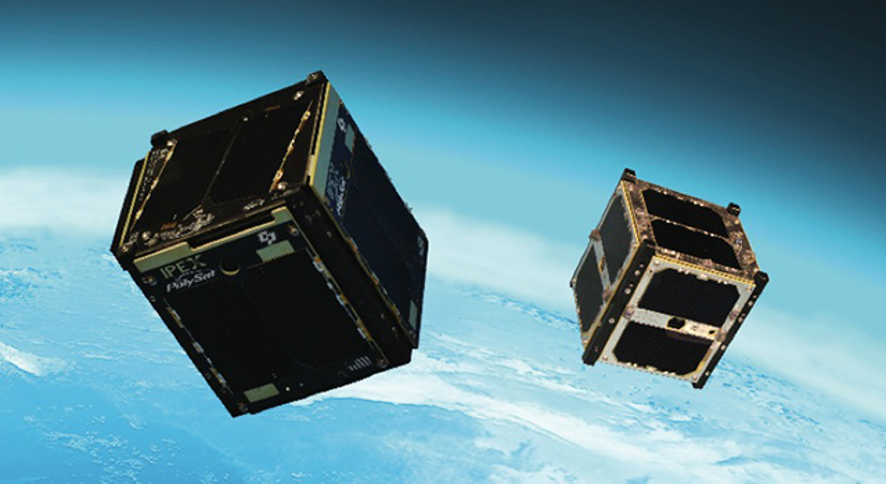IoT in Smart Cities
Ruuta2021-03-04T12:09:03+02:00Cities all over the world are entering a new era. The concept of smart cities that encourages the digital transformation of many city sectors, has been gaining popularity globally. A smart city is defined as a city which merges traditional infrastructure with Information and Communication Technologies (ICT) in order to promote innovation and provide useful [...]
